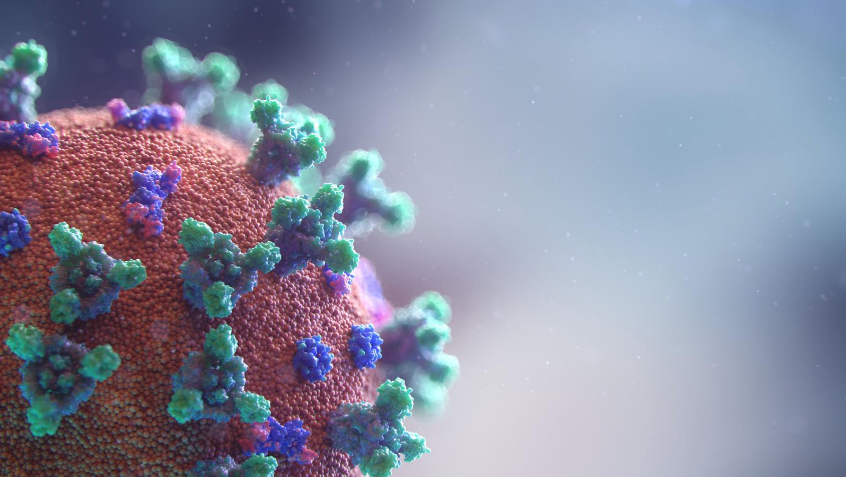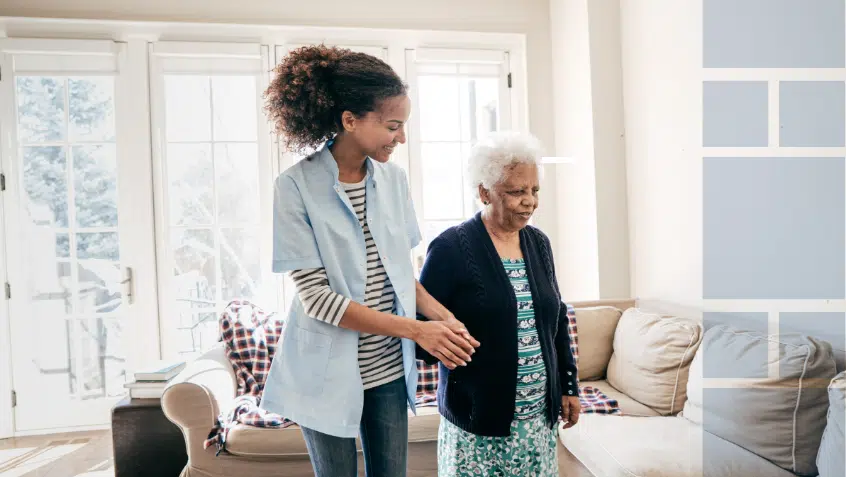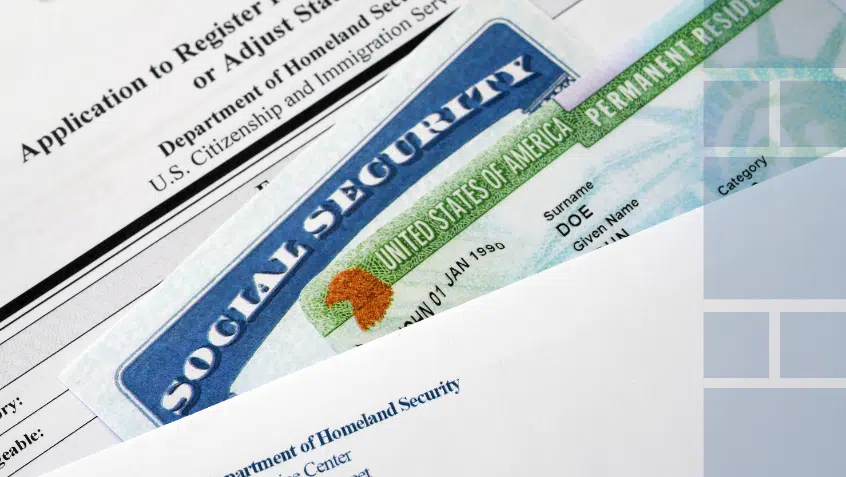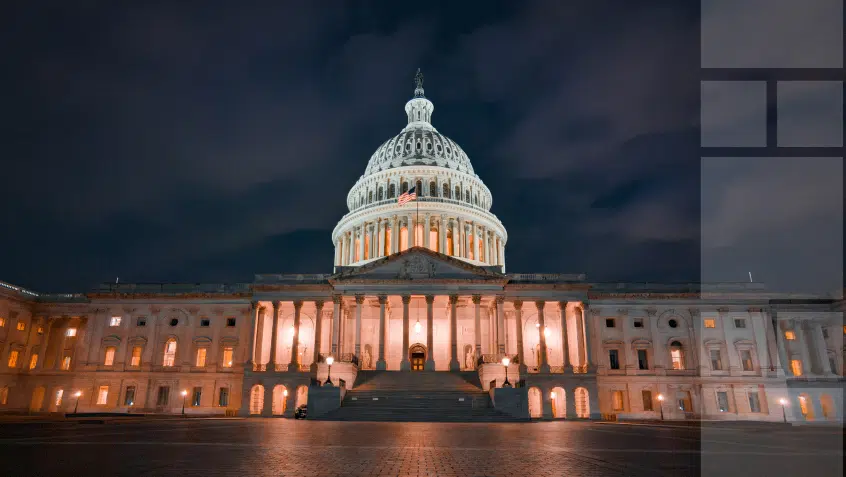Join Us Live for a Discussion on Medicare, Democracy, and the Future of Health Care
Issue Brief Shows How COVID-19 Affects People by Race and Ethnicity

In a new issue brief, the Kaiser Family Foundation (KFF) collects recent federal, state, and local research on COVID-19’s impact by race and ethnicity. Though the data remains incomplete, it confirms that COVID-19 is continuing to disproportionately impact Black, Hispanic, Asian American, American Indian and Alaska Native (AIAN), and Asian and Native Hawaiian and Pacific Islander (NHOPI) people. The key findings include:
People of color are experiencing significantly higher rates of infections and deaths compared to white individuals. An analysis of state-reported data found the COVID-19 related death rate among Black and AIAN people is around two times that of their white counterparts. Another study revealed that Hispanics have a higher infection rate compared to other groups. Data also show that in states with large numbers of NHOPI people, they have higher infection rates compared to other racial and ethnic groups, and that Asian Americans are experiencing a higher fatality rate than average in a number of areas across the country.
Black, Hispanic, and AIAN people are at increased risk of hospitalization due to COVID-19. Recent hospitalization rates due to COVID-19 for Black, Hispanic, and AIAN people are roughly five times higher than that of white people. Additional analysis shows that people of color make up a disproportionate share of COVID-19 hospitalizations relative to their share of the population.
Disparities exist among specific populations: Medicare beneficiaries, people living in nursing home facilities, pregnant women, and children. Preliminary Medicare COVID-19 data indicate that Black, Hispanic, and AIAN enrollees have higher rates of infection and hospitalization compared to white people with Medicare. Analyses find nursing homes where a higher share of residents are people of color are more likely to report a COVID-19 case, and that having a greater share of Black residents is associated with an increased probability of having a COVID-19 case. Other studies show disproportionate infection rates among Hispanic and Black pregnant women, and higher risks of hospitalization among Black and Hispanic children.
Collectively and individually, these reports show that people of color are bearing an asymmetric burden of COVID-19 cases, deaths, and hospitalizations. Troublingly, they are also more likely to experience the negative effects of the pandemic’s economic fallout. These health and economic disparities reflect and worsen inequities that have long been embedded in the nation’s housing, education, employment, health care, and justice systems. This structural racism has consistently yielded policies of oppression and discrimination. Meaningfully responding to the COVID-19 public health crisis, and those that exist alongside and within it, will require understanding and correcting these institutional failings.
Medicare Rights broadly supports policy solutions that seek to advance health equity, well-being, and justice. With respect to COVID-19, this includes efforts to track and report comprehensive data on the pandemic’s unequal toll, and to identify opportunities to address systemic harms. As part of this, we strongly urge Congress to center people with Medicare, promote equity program-wide, and help those who have been hardest hit by the pandemic and its attendant recession in any new coronavirus relief legislation.
This is part an ongoing series of Medicare Watch articles that explores the disparate impacts of the coronavirus on communities of color, as well as reasons for these outcomes and needed policy solutions. Working together, we can reduce barriers that keep older adults and people with disabilities from living with dignity and choice.
Read Medicare Rights’ priorities for the next COVID-19 relief package.
Show Comments
We welcome thoughtful, respectful discussion on our website. To maintain a safe and constructive environment, comments that include profanity or violent, threatening language will be hidden. We may ban commentors who repeatedly cross these guidelines.
Help Us Protect & Strengthen Medicare.
Donate today and make a lasting impact.
The Latest
Most Read
Add Medicare to Your Inbox
Sign up to receive Medicare news, policy developments, and other useful updates from the Medicare Rights.
View this profile on InstagramMedicare Rights Center (@medicarerights) • Instagram photos and videos









